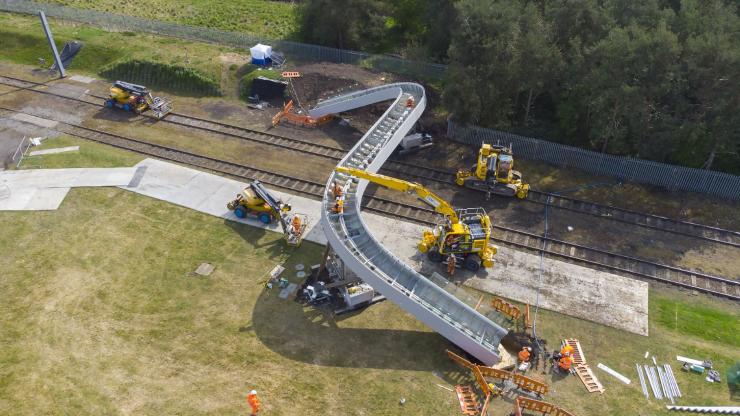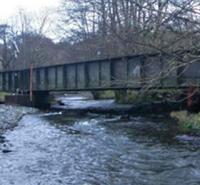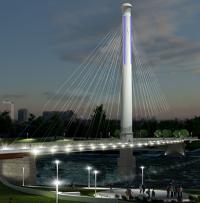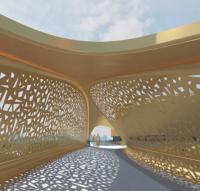The circular bridge is intended to revolutionise the way that Network Rail builds footbridges over the tracks. It is designed from lightweight materials to enable it to be installed in a matter of days and its modular nature means that it can be adapted to different locations. It also features built-in monitoring to assess usage and maintenance needs.
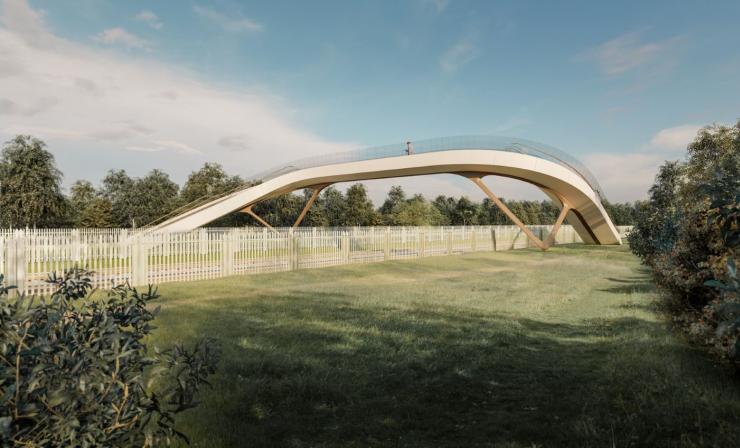
Network Rail programme manager Andy Cross said: “We were able to take a different approach. This has allowed us to work with several small and medium-sized businesses, many of whom haven’t worked on railway projects before but have the skills and expertise to bring the concept of a lightweight, low-cost footbridge to life.
“In just 11 months we have developed a prototype bridge that is stunning in design, environmentally friendly and will take days and not weeks to install and thereby causing less disruption for the surrounding community.”
Network Rail currently has just one option when considering building a new footbridge or replacing an old one: a standard non-station footbridge design that it regards as heavy, unattractive and expensive to deliver.
This new design is made from fibre-reinforced polymer (FRP). Network Rail hopes that design will be adopted across the country as part of a wider programmer of work to transform how footbridges are built on the rail network in future. It also sees the new design as providing an attractive alternative to repairing existing crossings.
The next phase of the project involves developing sustainable procurement and construction options as well as a ramped version of the bridge.
The prototype has been trial-built at a test centre in Long Marston, Warwickshire, and is going on show there at the 2021 Rail Live event, which is being held today (16 June 2021) and tomorrow.

Network Rail’s project team included:
- Bridge architectural specialist Knight Architects, which came up with a new concept that the team could turn into reality;
- Jacobs, which provided design expertise and independent checking of the Network Rail design;
- KS Composite – a UK-based manufacturer whose usual clients include F1 teams and prestige car manufacturers. It manufactured the bridge spine;
- Sui Generis – a UK-based manufacturer that specialises in moulded components, including tractor bodywork. It made the deck units that clamp to the spine;
- Epsilon Optics – a UK specialist in fibre-optic monitoring, which designed, manufactured and installed the monitoring system;
- Q-Railings – a UK-based glazing company, which usually installs structural glazing and parapets to buildings;
- JT Consulting, which designed, manufactured and installed the ‘Rapid Root’ foundation system;
- Flofo, which has provided virtual working platforms and new approaches to team working and monitoring the risks and opportunities of the project.
